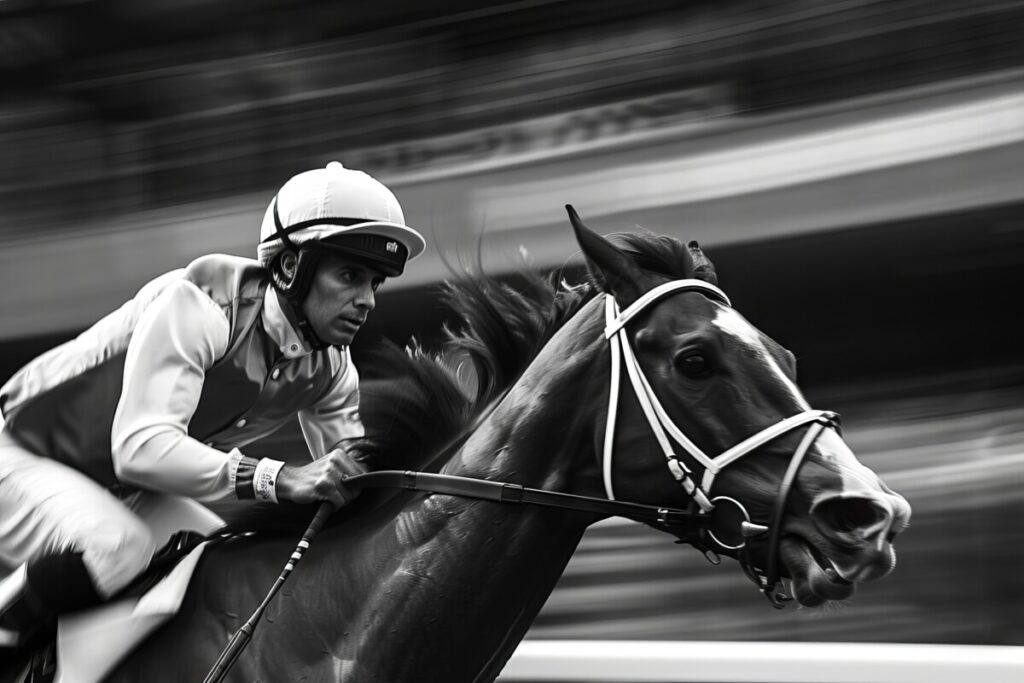What does wind surgery on a racehorse involve?
Since January 19, 2018, racehorse trainers in Britain have been required to declare when any horse in their yard, which has previously raced, has undergone any form of wind surgery. For the sake of simplicity, the British Horseracing Authority (BHA) does not require the type of wind surgery to be made public, so any horse having its first or second run since a procedure to improve the function of its upper airway is denoted by the small letter ‘w’ next to its name on the racecard.
Wind surgery can be a confusing subject to anyone other than a qualified veterinary surgeon, but the BHA rule is specifically intended to cover epiglottic surgery, tie back, tie forward and hobdaying operations and soft palate cautery. Epiglottic surgery may be required to correct a condition known as epiglottic entrapment, when structures in the larynx, or voice box, become abnormal and create breathing difficulties. Likewise, a hobday, or tie back, procedure involves removing the left vocal cord, or permanently suturing it, to prevent obstruction of the airway.
A tie forward procedure, on the other hand, pulls the larynx upwards and forwards, so that it prevents displacement of the soft tissue at the back of the mouth, a.k.a. the ‘soft palate’; soft palate cautery, as the name suggests, involves burning the surface of the tissue to stiffen it, so that it does not become unstable during strenuous exercise.
 An excellent question, but one to which there appears to be no definitive answer. In common with other colloquial betting terms, ‘monkey’ is believed to be derived from Cockney slang, rhyming or otherwise, but more than that is difficult to say. Still anyone interested in
An excellent question, but one to which there appears to be no definitive answer. In common with other colloquial betting terms, ‘monkey’ is believed to be derived from Cockney slang, rhyming or otherwise, but more than that is difficult to say. Still anyone interested in